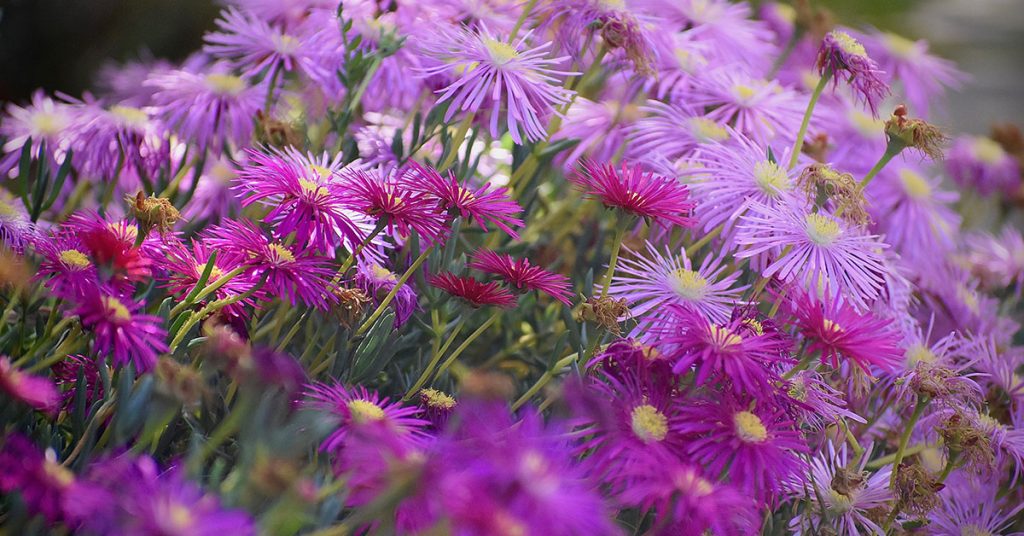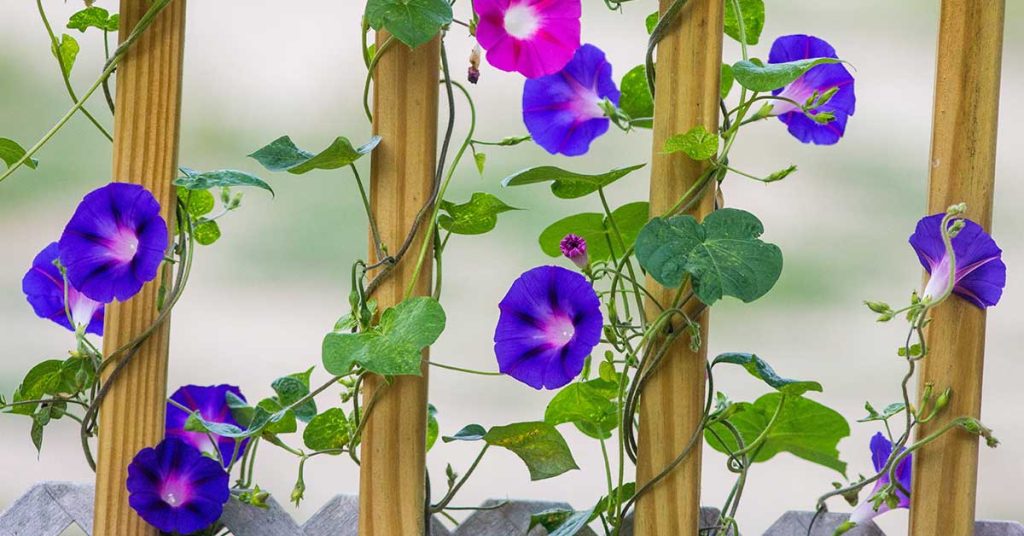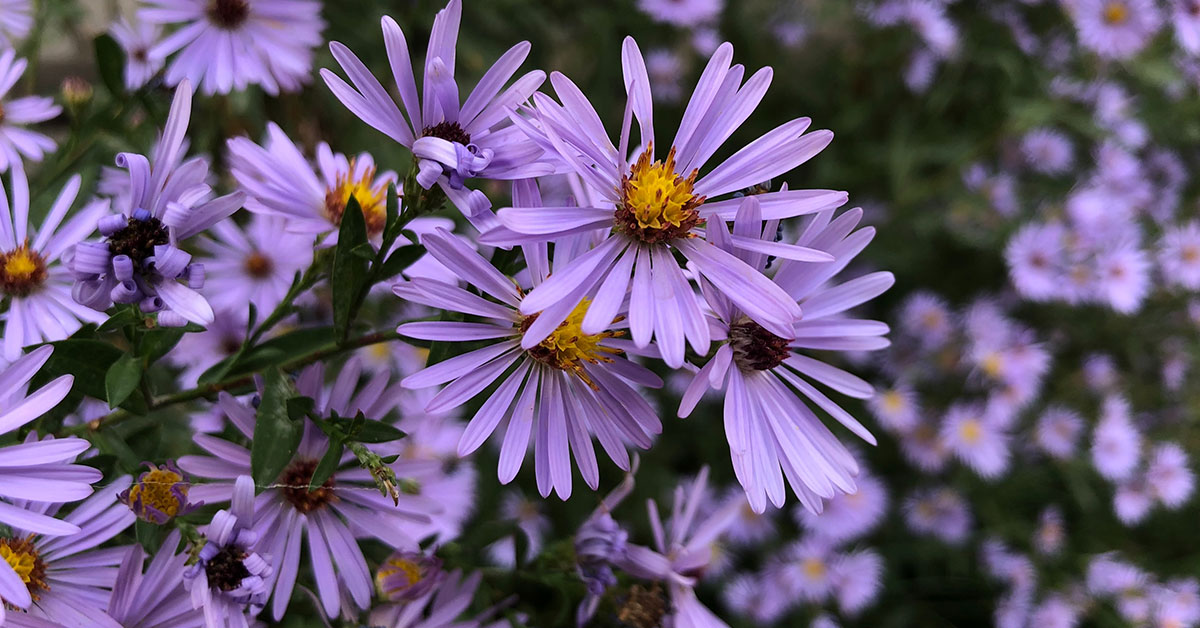As summer gracefully transitions into the golden hues of autumn, the world of flowers reveals its September treasures – the Asters and the Morning Glories. In this enchanting realm, where blooms intertwine with symbolism and meaning, the September birth flowers bloom to celebrate the hearts of those born in this vibrant and introspective month.
The Aster’s daisy-like petals, reminiscent of stars in the night sky, embody love, wisdom, and resilience, while the Morning Glory’s trumpet-shaped blossoms herald new beginnings and the joy of each day’s first light.
Join us as we embark on an exploration of the captivating world of the September birth flowers, uncovering their rich symbolism, cultural significance, and the profound emotions they awaken. Delight in the elegance of the Asters and the exuberance of the Morning Glories, as we celebrate the essence of September through these delightful floral ambassadors.
What are the September Birth Flowers?
The September birth flowers are the Aster (genus Aster) and the Morning Glory (Ipomoea spp.).
- Aster: Asters are daisy-like flowers that come in various colors, including shades of purple, pink, blue, and white. They are known for their star-shaped blooms and are often associated with love, wisdom, and faith. Asters are also a symbol of patience and elegance. In some cultures, they are considered a talisman for protection and are believed to ward off evil spirits.
- Morning Glory: Morning Glories are vibrant and colorful trumpet-shaped flowers that bloom in the morning and close in the afternoon. They are available in a wide range of colors, such as blue, purple, pink, red, and white. Morning Glories represent affection, love, and the renewal of life. They are often associated with the concept of new beginnings and the fleeting nature of time.
Both the Aster and the Morning Glory hold special meaning and significance as birth flowers for September-born individuals. These flowers offer a beautiful and thoughtful way to celebrate the unique qualities and characteristics of those born in the early days of autumn.
How to grow your September birth flowers in your garden
Growing the September birth flowers, Aster and Morning Glory, in your garden can add a burst of color and beauty to your outdoor space. Here are some tips on how to grow each of them:
Aster (genus Aster):

- Planting Time: Asters are usually planted in the spring or early summer to give them enough time to establish before blooming in the fall.
- Soil: Asters prefer well-draining soil that is rich in organic matter. They can tolerate a range of soil types but thrive in soil with a slightly acidic to neutral pH.
- Location: Plant Asters in a location that receives full sun to light shade. They generally need at least 6 hours of direct sunlight daily for best blooming.
- Watering: Keep the soil evenly moist, especially during dry periods. Water at the base of the plants to avoid wetting the foliage, as this can lead to disease issues.
- Mulching: Applying a layer of organic mulch around the plants can help retain moisture, suppress weeds, and keep the soil cool.
- Deadheading: Remove faded flowers regularly to encourage prolonged blooming and prevent self-seeding.
- Fertilizing: Asters generally do not require heavy fertilization. You can apply a balanced fertilizer once or twice during the growing season, following the package instructions.
- Overwintering: In colder climates, some Aster varieties may benefit from winter protection, such as adding extra mulch around the base of the plants or covering them with a frost cloth.
Morning Glory (Ipomoea spp.):

- Planting Time: Morning Glory seeds can be sown directly in the garden after the last frost date in spring. They can also be started indoors 4-6 weeks before the last frost and transplanted outside once the soil has warmed.
- Soil: Morning Glories prefer well-draining, fertile soil with good moisture retention. Amend the soil with compost before planting to improve its quality.
- Location: Plant Morning Glories in a location that receives full sun for most of the day.
- Sowing Seeds: Sow Morning Glory seeds about 1/4 inch deep in the soil. Space the seeds or seedlings according to the variety’s recommendations, usually about 6 to 12 inches apart.
- Watering: Keep the soil evenly moist until the seeds germinate and the plants become established. After that, Morning Glories are relatively drought-tolerant.
- Support: Morning Glory vines can climb, so provide a trellis, fence, or other support for them to grow on.
- Deadheading: Removing faded flowers can encourage more blooming and prevent self-seeding.
- Caution: Some species of Morning Glory are invasive in certain regions, so it’s essential to choose non-invasive varieties and be mindful of local regulations before planting.
With proper care and attention, Asters and Morning Glories can thrive in your garden, delighting you with their beautiful blooms and bringing the joy of September’s birth flowers to your outdoor space.
Other symbolism of the September birth flowers
In addition to their association with September birthdays, the Aster and Morning Glory hold various symbolic meanings and cultural significance:
Aster:
- Love and Affection: Asters are often associated with love and affection. In the language of flowers, they convey sentiments of deep love and devotion, making them a popular choice for gifts to express romantic feelings.
- Wisdom and Elegance: Asters are considered symbols of wisdom and elegance. Their star-like blooms are seen as representations of the beauty and complexity of life’s mysteries.
- Patience and Contentment: Asters’ late-season blooming is seen as a sign of patience and contentment. Their ability to flourish and bring vibrant colors to the garden during the cooler months serves as a reminder to embrace life’s journey and find joy in every season.
- Protection and Talisman: In some cultures, Asters are believed to have protective qualities. They are considered talismans that guard against negative energies and evil spirits.
Morning Glory:
- Love and Romance: Morning Glories are associated with love, romance, and affection. Their beautiful trumpet-shaped flowers are thought to symbolize a declaration of love and the enchantment of new relationships.
- Renewal and New Beginnings: Morning Glories’ habit of blooming in the morning and closing in the afternoon has led to their symbolism of renewal and new beginnings. They represent the idea of seizing the day and making the most of each moment.
- Happiness and Joy: The vibrant and cheerful colors of Morning Glory flowers evoke feelings of happiness and joy. They are often used in gardens and floral arrangements to add a touch of brightness and positivity.
- Remembrance and Lost Love: In some cultures, Morning Glories are associated with remembrance, especially in the context of lost love or the passing of a loved one. They are used as symbols of fond memories and nostalgia.
It’s important to note that the symbolic meanings of flowers can vary across cultures and historical contexts. Different interpretations and associations may emerge based on individual beliefs and regional traditions. The Aster and Morning Glory’s multifaceted symbolism adds depth and significance to these already beloved and beautiful birth flowers of September.













